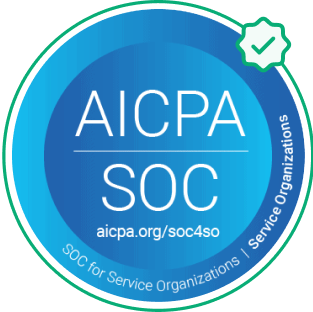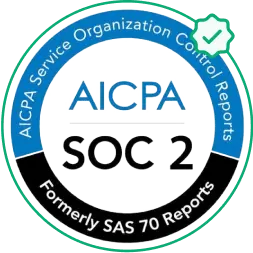What is co-employment?
Co-employment is an arrangement wherein two companies agree to share the rights and obligations of an employer. The primary organization maintains control over the job role-related everyday functions and core business decisions, while the co-employer looks after the administrative functions, such as payroll and worker’s compensation.For most organizations, co-employment is the preferred arrangement for the hiring of independent contractors through staffing companies. The agreement is called a Client Service Agreement (CSA), and these agreements can also involve a PEO alongside the primary/parent company.Not to be confused with:
Joint Employment
Joint employment is an arrangement where two organisations employ an employee simultaneously.
Not to be confused with:
How to mitigate the risk involved in co-employment?
1. Avoid misclassificationOrganizations should employ only pre-vetted and well-classified independent contractors to avoid penalties levied for employee misclassification. It’s best to maintain compliance with the federal, state, and local laws of employee classification by partnering with a co-employer that specializes in independent contractor engagement.2. Closely track independent contractorsIf a co-employer messes up independent contractor classification, exemption status, FLSA requirements, or any other state or federal regulation, it can cost a business heavily. Implement policies to track independent contractors and mandates to ensure compliance. Build independent contractor engagement programs to educate managers and employees about dealing with independent contractors.3. Define statement of work (SOW) clearlySOWs with vague language and unclear procedures can be confusing and eventually affect compliance. Make sure the SOW spells out deliverables in detail and also accounts for well-defined KPIs.










